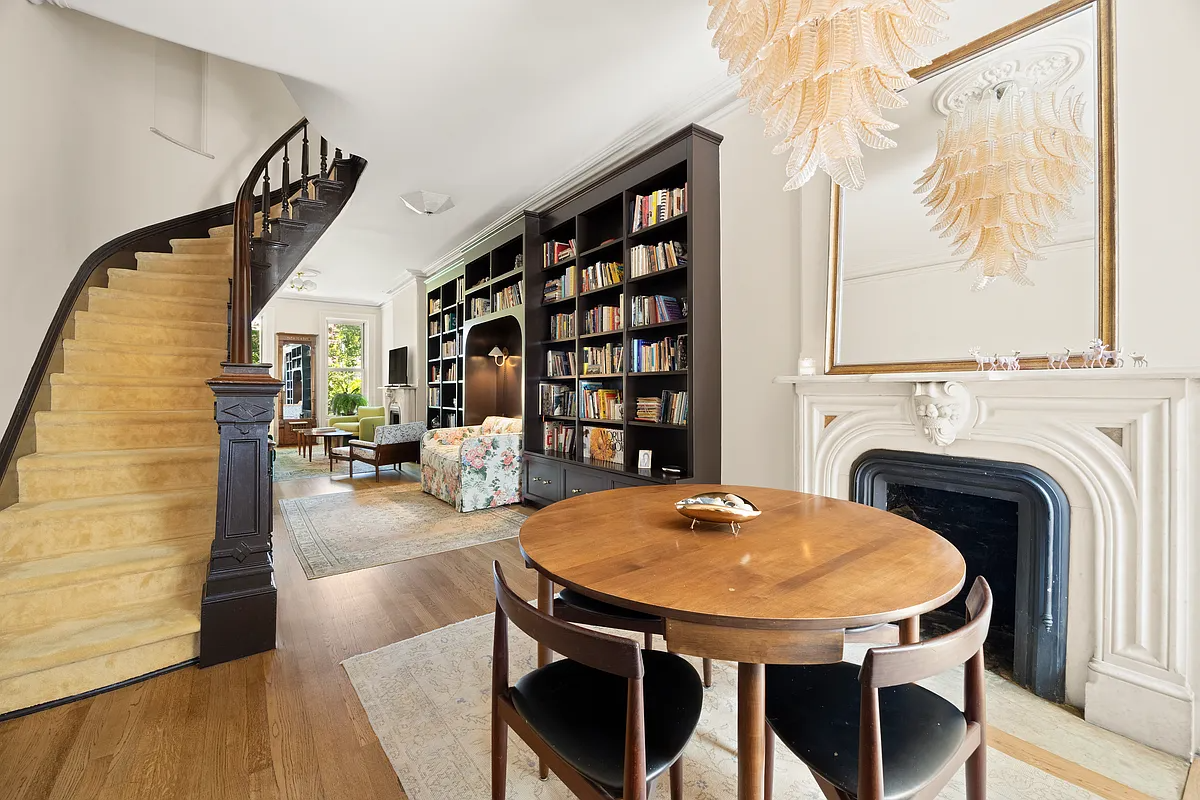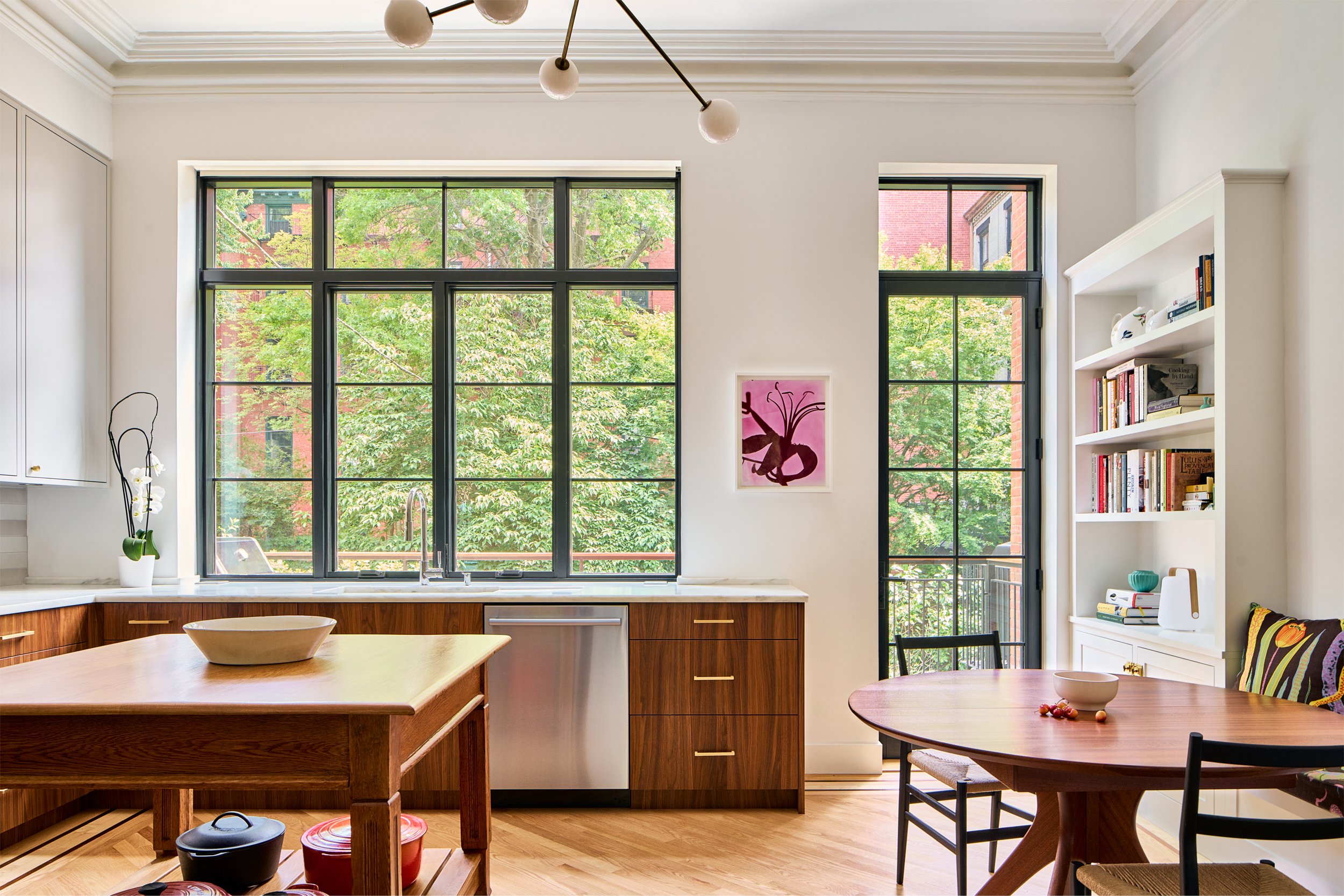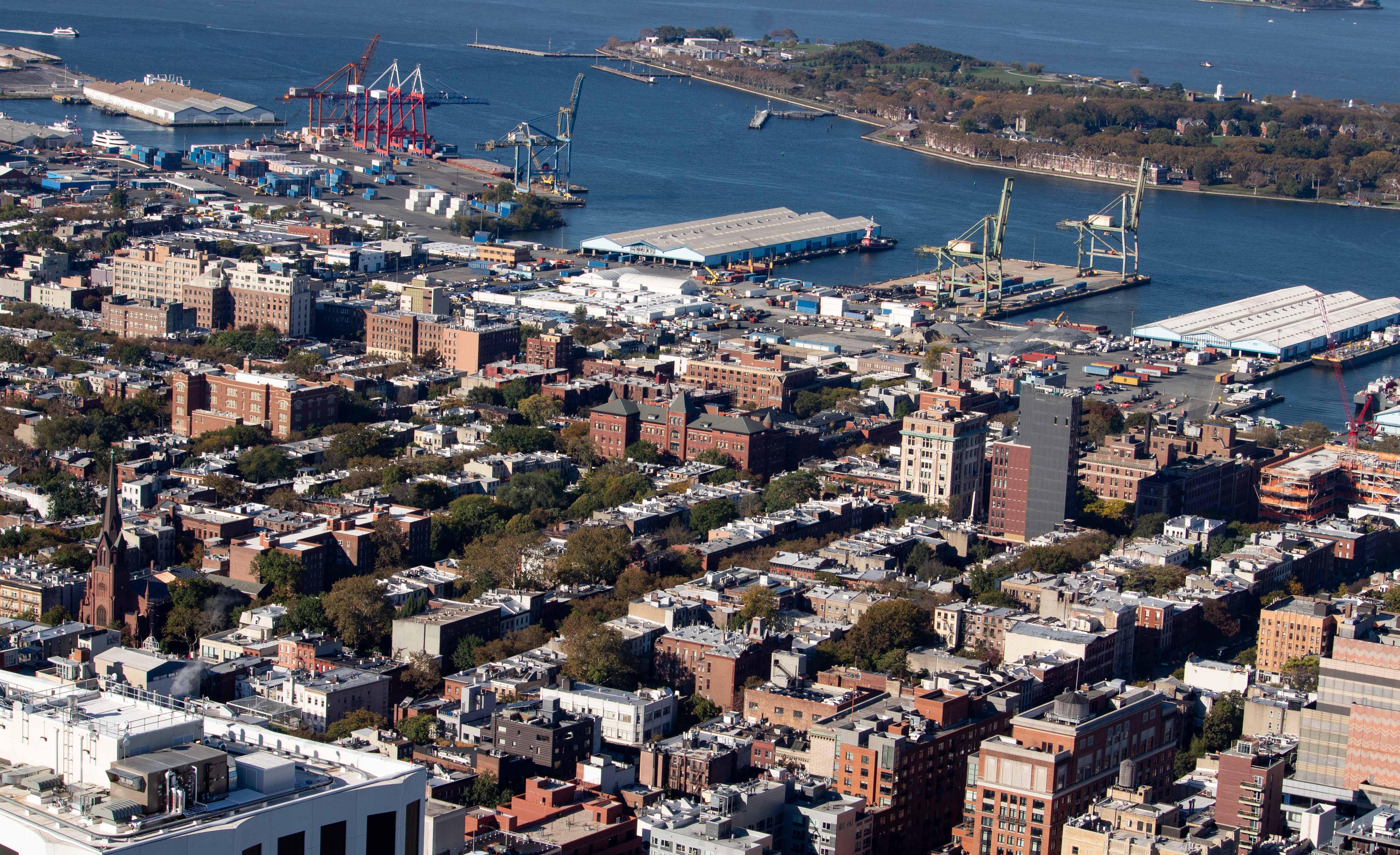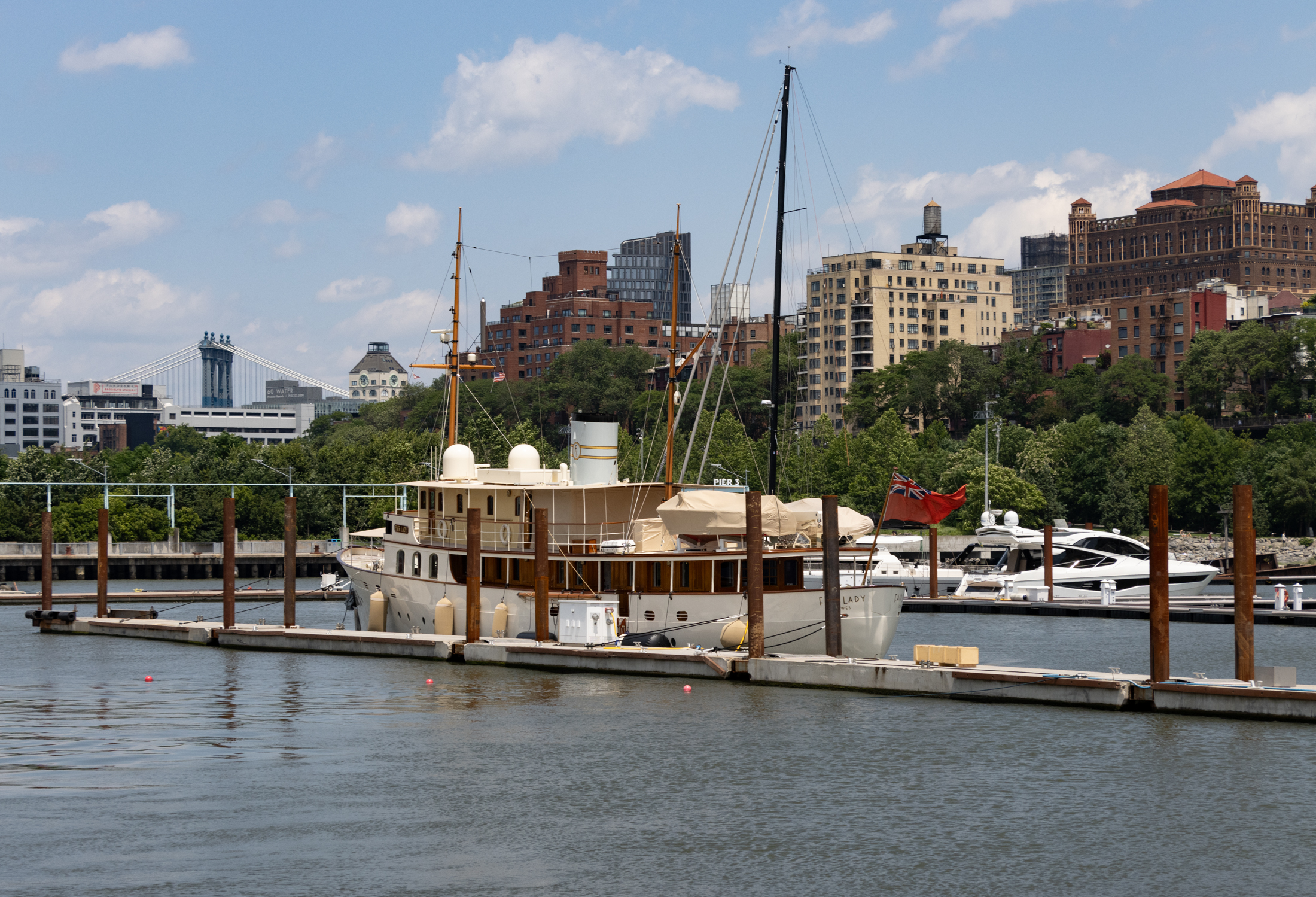ProHi Historic District Could Include Almost 800 Homes
Yesterday Atlantic Yards Report had a detailed post on the proposed Prospect Heights Historic District, which was the subject of a neighborhood meeting that representatives from the Landmarks Preservation Commission attended last week. According to the representatives, historic district designation could take up to two years. This is a neighborhood long of interest to the…


Yesterday Atlantic Yards Report had a detailed post on the proposed Prospect Heights Historic District, which was the subject of a neighborhood meeting that representatives from the Landmarks Preservation Commission attended last week. According to the representatives, historic district designation could take up to two years. This is a neighborhood long of interest to the commission, said Kate Daly, the LPC’s executive director, at the meeting. The boundaries of the proposed district (which are not yet set in stone) are shown above in a map the LPC sent us. It runs as far north as Pacific and Carlton, with a large section bordering Flatbush Ave and running approximately all the way down to Grand Army Plaza and almost as far east in one section as Washington Avenue. “So far the district would include approximately 776 buildings, and the next step is to get feedback from homeowners about the meeting we attended last week,” says LPC spokesperson Elisabeth de Bourbon. After that, the Commission will hold a public hearing on the designation that should happen before the end of the year.
The Prospect Heights Historic District Nudges Forward [AY Report]





“I may be a bit younger than Bob, but like him, hope to be around a while longer. Also, like Bob, I live in a designated historical district, so I know of what I speak, 11:22. Designation in no way changes my mortgage one way or another, and has very little to do with interior changes to your house, unless you want an interior change that is visible from the street, like a bumped out bay.”
I didn’t say it affects my mortgage. I said because you and they are not paying for my house, you should have no say in what I do to it.
As for LPC having very little to do with interior changes, I was at the meeting and know what they said. For interior changes that will require DOB permits, you have to first get a sign off from LPC. Yes, LPC does regularly just say, this has nothing to do with us so go ahead to DOB. However, it adds on another month or more and they charge another fee.
Don’t tread on me.
12:53, I submit that if you could contribute something meaningful to the discussion, you would not resort to ad hominem attacks. Therefore I request that you refrain from posting any further comments.
MM, it’s pointless telling you to shut the hell up, because you simply cannot do so. You really should start your own blog, given your penchant for droning, long-winded posts.
what about the large catholic church on dean and vanderbilt? It is not included in the Pro Hi section and I recently heard a developer bought the property. The church is amazing 1929 white glazed building and owns much of the block…does anyone know anything about it?
I may be a bit younger than Bob, but like him, hope to be around a while longer. Also, like Bob, I live in a designated historical district, so I know of what I speak, 11:22. Designation in no way changes my mortgage one way or another, and has very little to do with interior changes to your house, unless you want an interior change that is visible from the street, like a bumped out bay.
Landmarking is a multipurpose protection. On the one hand, it preserves and celebrates our rich historic architectural history. Without it, we have the destruction of the McKim, Mead and White Penn Station, and its replacement by that POS there now.
It also prevents the wholesale tearing down of perfectly good period buildings and even entire neighborhoods, in order to put up cheap, fugly, and noncontextural crap. Take a drive through the non landmarked part of Bed Stuy for countless examples.
Thirdly, it encourages people in the district to maintain their buildings in the historic context in which they were built. This is the sticking point with most people. But the reality is that LPC does not have the staff, or the will, to be Big Brother to the hundred plus districts in the city. MOST people find them to be reasonable (always exceptions, but I said most), and their guidelines are pretty benign.
I agree window replacement is a biggie. Most other repairs however, etc, if done right, would be period respective anyway. You enjoy the privilege of living in an HD, with higher selling prices, an opportunity to be eligible for low interest preservation loans, and bragging rights. That more than makes up for not being able to paint your door teal.
Lastly, LPC never said you can’t put up solar panels, or even build new construction in an HD. It just has to be hidden from view or contextural. Everyone realizes that new technology and new buildings are needed in this city. Perhaps you need to get the facts before telling people to shut the hell up.
All of those decrying the use of eminent domain are the first ones to demand rent stablization and landmark districts. I guess that property rights are appropriate only in certain situations.
For all of you that didn’t attend the LPC meeting at PS 9 and are posting here…..
The LPC did not say that you could not put solar panels on your roof. It’s the placement that matters.
Second, if you have an existing mortgage (principal and interest) your mortgage will not go up just because your building is landmarked. Over time, the appreciation of buildings that have been landmarked tend to outpace those that have not been.
Third, there are often buildings that have no archtitectural significance included in landmarked districts. In the landmark process they are designated as such. Therefore, it is possible for it to be replaced with a building that conforms with the buildings within the landmarked district.
Third, if you are curious and strongly believe that a building excluded from the proposed landmarked district is not included, you call that building to LPC’s attention. The community will be given more opportunities to participate in the process as it proceeds.
11:22
Threat, or merely ageism?
I can’t speak for MM (who, I think is considerably younger than me) but I plan to be around a bit longer
One of the best things about getting old is that you can get away with being a real PITA to those who richly deserve it 🙂
I have nothing against historic districts per se, but as I have said countless times – it is entirely possible to have a mix of the old and new. Look at Greenwich Village. I also tend to support aesthetic guidelines as opposed to broad preservation.
This is, even by the standards of historic preservation in this city, a very large historic district and it includes many blocks that have properties that are very much not historic. Examples include 606-616 Bergen St (a garage), the many disgusting retail buildings on Vanderbilt Avenue, several bland apartment buildings on Prospect Place between Carlton and Vanderbilt, and many, many very basic townhouses and tenements all throughout the area.
There must be some kind of logic in this process, especially when the burden against property owners is so great.
Honestly, considering we have an entire city bureaucracy dedicated to this goal, why not have a review of each individual building? I think that would make much more sense. Many of the buildings in this district simply aren’t worth preserving. It would make much more sense to allow them to be replaced with new buildings constructed with period details so they blend into the neighborhood.
Also, Bob – I actually support strong aesthetic guidelines for new construction. I’d very much like to return to the pre-depression era standards of new construction.
The point is just this – let’s look to the future and not the past. I admire these buildings, but we can work to make the future as beautiful as the past.